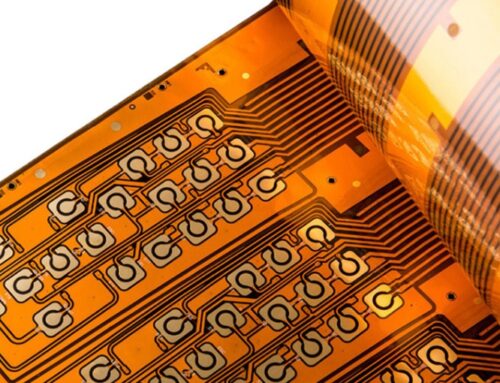Detailed Manufacturing Process and Workflow of Rigid-Flex PCBs
Introduction
Rigid-flex PCBs represent a cutting-edge innovation that seamlessly integrates rigid and flexible circuits, combining traditional circuit boards with embedded systems. This integration significantly enhances performance, reduces costs, and simplifies the design and production processes. This paper provides an in-depth introduction to the detailed manufacturing process and workflow of rigid-flexible PCBS, highlighting Gekun’s contribution to this advanced field.

Concept and Features of Rigid-Flex PCBs
Rigid-flex PCBs, such as those developed by Gekun, integrate hardware and software functions seamlessly. This design offers several advantages:
– High Integration: Combines hardware and software functions on a single circuit board, reducing external connections and enhancing system stability and reliability.
– Ease of Upgrades: Hardware and software updates can be made independently, facilitating system upgrades and maintenance.
– Optimized Performance: Optimized hardware and software design improves overall system performance, reduces power consumption, and extends lifespan.
Materials Selection
Selecting the right materials is crucial for the design and production of rigid-flex PCBs, directly influencing subsequent manufacturing processes and performance.
Flexible Board Materials
The copper coating material of the flexible plate is a polyimide flexible substrate. Polyimide is favored for its excellent flexibility, electrical properties, and heat resistance, despite its high moisture absorption and poor resistance to strong alkalis. Adhesiveless substrates are preferred because adhesive layers between the dielectric layer and copper foil (e.g., acrylic, polyester, modified epoxy resin) can affect performance. Many manufacturers now use Japanese epoxy resin-based substrates and adhesives for producing rigid-flex PCBs.
Rigid Board Materials
The selection of rigid boards also has specific requirements. The resin system must prevent warping and deformation due to thermal shocks. Many material suppliers have developed rigid board materials specifically for rigid-flex PCBs.
Using low-flow prepreg for bonding flexible and rigid sections is recommended. This helps manage glue flow, preventing issues in the transition areas. Various specifications of prepreg are available to meet structural requirements. For clients with specific requirements such as RoHS compliance, high Tg, and impedance control, material properties like thickness, dielectric constant, Tg value, and environmental standards must be considered.

Detailed Manufacturing Process of Rigid-Flex PCBs
Design Phase
1. Circuit Diagram Design: Define hardware and software functional modules and convert these into specific circuit connections.
2. Schematic Design: Transform the functional modules into detailed circuit diagrams.
3. PCB Layout Design: Arrange the functional modules on the board according to specific design rules.
4. PCB Routing Design: Organize the connection lines between components to ensure efficient and reliable circuitry.
Prototyping
– Prototype PCB Production: Based on the design, create a prototype to verify correctness and feasibility. Identify issues, revise the design, and produce a new prototype.
Production of the Formal PCB
– Formal PCB Manufacturing: Once the prototype is verified, produce the formal PCB using professional manufacturing equipment and high-quality materials, ensuring adherence to stringent quality standards.
Hardware-Software Interface Design and Debugging
– Interface Design and Debugging: Design and debug the interfaces between hardware and software, ensuring smooth connectivity and proper functionality.
Assembly and Soldering
– Component Assembly and Soldering: Assemble the PCB with other components and perform soldering, maintaining optimal soldering temperature and duration to ensure quality joints.
Testing and Verification
– System Testing and Validation: Conduct comprehensive testing to ensure functional integrity and performance stability. Tests include electrical performance, mechanical performance, and environmental adaptability.
Quality Control and Packaging
– Quality Control: Implement stringent quality checks to ensure compliance with industry standards and requirements.
– Packaging: Packaging the rigid-flex PCBs securely for shipment.

Conclusion
Rigid-flex PCBs represent a cutting-edge approach in electronic design, widely applied across various industries. Understanding the detailed manufacturing process and workflow of rigid-flexible PCBS is crucial for professionals in this field. With expertise in these techniques, companies like Gekun can deliver superior products and services, setting new standards in the industry.







Leave A Comment